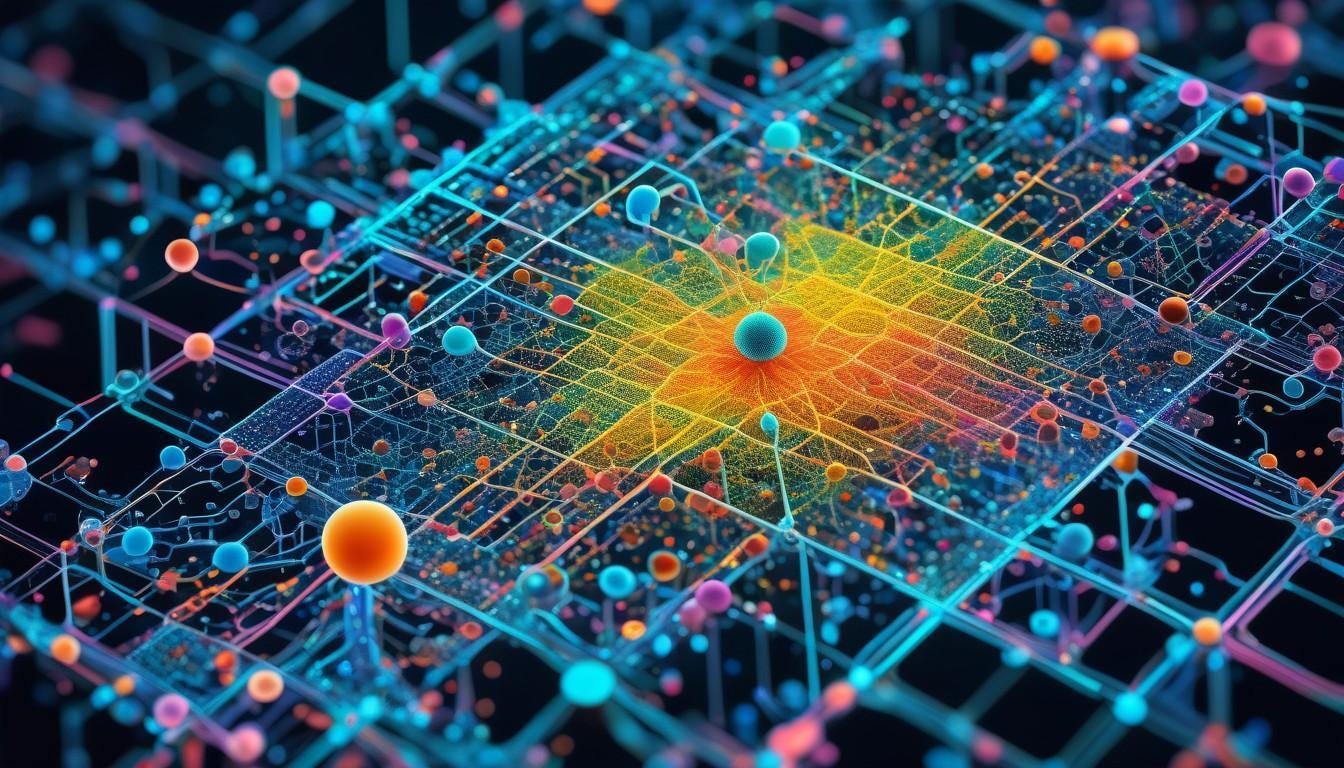Deep learning for single-cell sequencing: a microscope to see the diversity of cells
On how Deep Learning has played as a key enabler for advancing single-cell sequencing technologies.
Article Preview:
The history of each living being is written in its genome, which is stored as DNA and present in nearly every cell of the body. No two cells are the same, even if they share the same DNA and cell type, as they still differ in the regulators that control how DNA is expressed by the cell. The human genome consists of 3 billion base pairs spread over 23 chromosomes. Within this vast genetic code, there are approximately 20,000 to 25,000 genes, constituting the protein-coding DNA and accounting for about 1% of the total genome [1]. To explore the functioning of complex systems in our bodies, especially this small coding portion of DNA, a precise sequencing method is necessary, and single-cell sequencing (sc-seq) technology fits this purpose.
In 2013, Nature selected single-cell RNA sequencing as the Method of the Year [2] (Figure 3), highlighting the importance of this method for exploring cellular heterogeneity through the sequencing of DNA and RNA at the individual cell level. Subsequently, numerous tools have emerged for the analysis of single-cell RNA sequencing data. For example, the scRNA-tools database has been compiling software for the analysis of single-cell RNA data since 2016, and by 2021, the database includes over 1000 tools [3]. Among these tools, many involve methods that leverage Deep Learning techniques, which will be the focus of this article – we will explore the pivotal role that Deep Learning, in particular, has played as a key enabler for advancing single-cell sequencing technologies.


